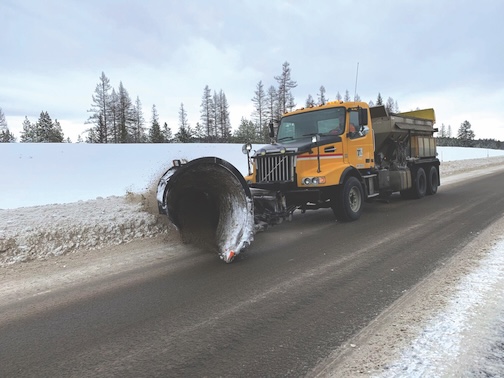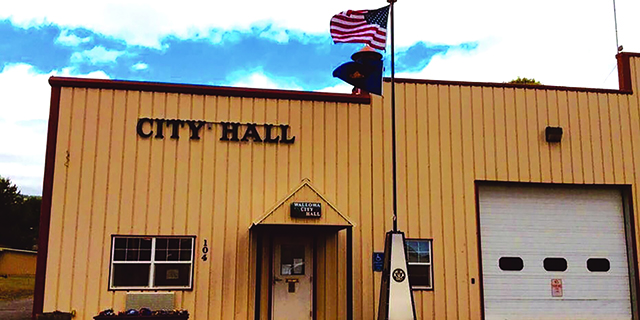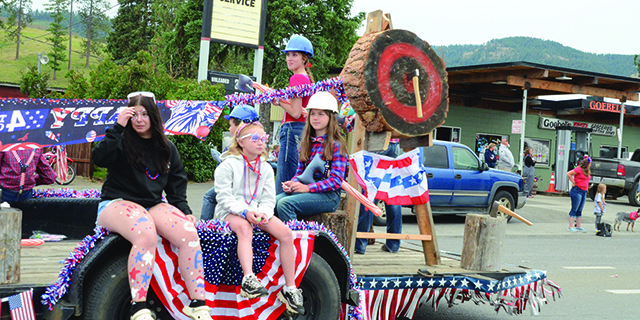Josephy Center building Nez Perce display
Published 6:39 am Tuesday, January 26, 2016
The Josephy Center in Joseph is continuing the work of its namesake, author Alvin Josephy Jr., by establishing a Nez Perce display in the upstairs portion of the building. Josephy wrote several historical works that examine Indian life, particularly that of the Nez Perce tribe that once inhabited Wallowa County.
To that end Rich Wandschneider, Director of Josephy Library of Western History and Culture, has built a display that celebrates the Nez Perce presence in the county. The project got off to a good start with the recent receipt of a $2,000 grant from Pacific Power.
Trending
The Nez Perce project, tentatively titled “The Nez Perce in the Wallowa Country,” is an extension of the Alvin Josephy display, also upstairs at the center.
“We wanted to go from his role in telling the Nez Perce story, then go into the Nez Perce story,” Wandschneider said.
As part of the project, a $7,500 grant from the Autzen Foundation will go toward hiring Nez Perce artist Allen Pinkham Jr. as an artist-in-residence. Wandschneider plans to meld that grant with the display project and have Pinkham build a 30- to 40-foot Nez Perce canoe for the display.
Wandschneider has contacted a designer for the display and elders from the Colville, Umatilla and Lapwai reservations to ensure the tribes’ involvement.
At this point the project’s scope is open-ended.
“We could have art, photos, language — we’re hoping we can find someone to build a Nez Perce bow for the display,” Wandschneider said. “We’ll examine the Nez Perce life — what did they eat, how and where did they live?”
Trending
The estimated final cost of the display is $15,000 to $20,000 and the center has applied for a Nez Perce Trail Foundation grant. Wandschneider also expects some community donations, but he’s not necessarily just looking for funding.
“I know there’s community members with a pair of gloves or moccasins that someone in their family may have traded for in the past. We’d love to borrow them and put them on display.”
Wandschneider stressed the importance of the project as a tool for understanding and acknowledging the Nez Perce role in the Wallowa Valley.
“The Nez Perce in Wallowa County is still in some ways an open sore. In order to understand the story of this place, you have to understand the story of the Nez Perce.”









